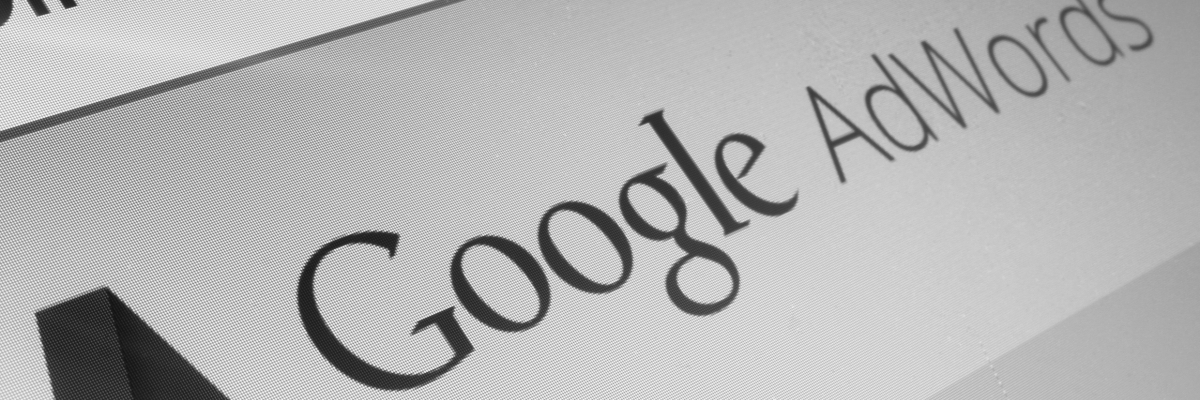
Utilizing AdWords Competitive Metrics: Impression Share and How It Should Shape Your PPC Campaign (Budget Edition)
Like many analytical tools provided in the Google AdWords interface, the Competitive Metrics data columns are often overlooked. In this article I will provide a brief overview of their uses and reference instances where I’ve used them to appropriately optimize a PPC campaign. Below are the major Competitive Metric columns:
- Search impression share: The impressions you’ve received on the Search Network divided by the estimated number of impressions you were eligible to receive.
- Display impression share: The impressions you’ve received on the Display Network divided by the estimated number of impressions you were eligible to receive.
- Search Lost IS (budget): The percentage of time that your ads weren't shown on the Search Network due to insufficient budget. This data is available at the campaign level only.
- Display Lost IS (budget): The percentage of time that your ads weren't shown on the Display Network due to insufficient budget. This data is available at the campaign level only.
- Search Lost IS (rank): The percentage of time that your ads weren't shown on the Search Network due to poor Ad Rank in the auction. Note: Lost IS (rank) won't be shown on your “Ad groups” tab if you ran out of budget at any point during the date range being examined.
- Display Lost IS (rank): The percentage of time that your ads weren't shown on the Display Network due to poor Ad Rank. Note: Lost IS (rank) won't be shown on your “Ad groups” tab if you ran out of budget at any point during the date range being examined.
- Search Exact match IS: The impressions you've received divided by the estimated number of impressions you were eligible to receive on the Search Network for search terms that matched your keywords exactly (or were close variants of your keyword). Not available for Shopping campaigns.
When building a campaign, I’ll start by identifying the major keyword categories based on the client’s website and then segmenting into campaigns based on a combination of search volume and client priorities. While these estimations (Keyword/Display Planner tool) are useful for initial buildouts, traffic patterns will change over time and you’ll need to adjust your account accordingly. When deciphering where spend potential has increased in active campaigns, don’t neglect the Competitive Metrics columns.
For example, let’s say a Search campaign that previously did not spend past its $10/day budget is entering a busy season and you notice that familiar “Limited by Budget” tag on your campaign. You click on the icon and Google notes an increased spend potential of $40/day. This means, at least one day in the past week, your campaign was able to spend $40. However, it does not guarantee this was the case every day of the week.
To get a best guess at the average amount you can spend per day, use the Search IS Lost (budget) column. Search IS Lost (budget) is 50 percent over the past week (assuming no changes in budget/bids over that time and relatively even each day of the week); you should raise your budget to $20/day. Grinding down a little further, you can add Competitive Metrics to the “Hour of Day” and “Day of the Week” reports in the “Dimensions” tab to view which days/times have more spend potential. Then simply set up rules to raise Budgets at only those times to ensure all potential impressions are obtained.
Keep in mind Search/Display IS Lost (Budget) is only available at the campaign level. While looking at ad group and keyword level data you can only see Search/Display IS Lost (Rank), which must be considered concurrently with Search/Display IS Lost (Budget), to gain the most precise estimations of lost potential impressions.
Your campaign can likely spend more if bids are raised (unless you’re owning that top spot on Google 24/7), so be sure to note Impression Share Lost (Rank) as well. If you see a percentage higher than 10 percent, assume once you raise bids and/or improve quality score, you will be able to gain additional impressions and spend more.
For example, let’s say you’re campaign has Search/Display IS Lost (budget) of 0 percent, but Search/Display IS Lost (Rank) is 50 percent. You may find that raising bids and improving Quality Score will lower Search/Display IS Lost (Rank) but INCREASE Search/Display IS Lost (Budget). This makes sense, as your spend ceiling may rise to new heights with Ad Rank issues no longer holding back your ads.
Search/Display IS Lost (Rank) can be especially useful in Display campaigns where average position is always 1.0 and Search/Display IS Lost (Budget) is 0 percent. Given the nature of Display placements you can always average top position but still lose impression share due to rank. If your Display campaign is losing 50 percent IS due to rank, but holds down position 1.0, try raising bids, as it will allow your ads to show on additional placements.
Bottom line: Competitive metrics are useful in a variety of situations, and they’re very accessible. Use them to improve your budgeting and projections. Boom.




